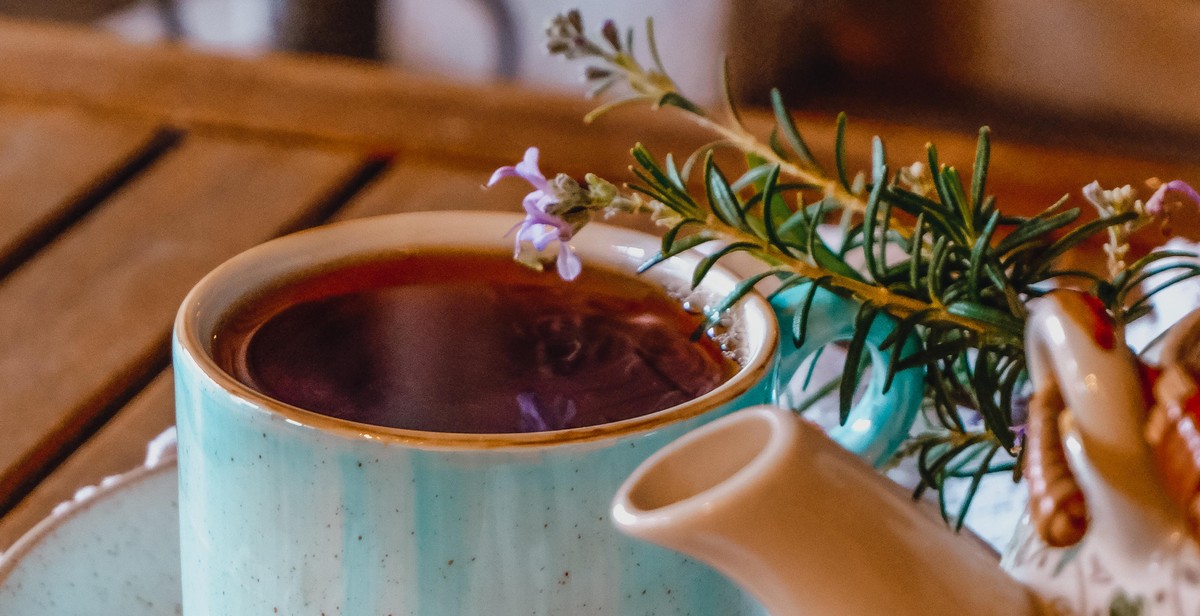Introduction
Oolong tea is a traditional Chinese tea that has gained popularity all over the world. It is a unique tea that is partially oxidized, which gives it a distinct flavor and aroma. Oolong tea is often described as being between green tea and black tea, with a more complex taste than green tea but not as strong as black tea. The tea leaves used to make oolong tea are hand-picked and processed with great care to ensure the highest quality.
What is Oolong Tea?
Oolong tea is a type of tea that is made from the leaves of the Camellia sinensis plant. The leaves are harvested and then withered in the sun for a short period of time. After withering, the leaves are partially oxidized, which means they are left to sit and react with the air for a set amount of time. The degree of oxidation can vary depending on the type of oolong tea being produced. After oxidation, the leaves are fired to stop the oxidation process and then rolled and shaped into their final form.
Oolong tea is known for its complex flavor and aroma, which can range from floral and fruity to nutty and earthy. The tea is also known for its health benefits, including aiding in digestion, reducing inflammation, and improving heart health.
Types of Oolong Tea
There are many different types of oolong tea, each with its own unique flavor and aroma. Some popular types of oolong tea include:
- Wuyi Rock
- Tie Guan Yin
- Dong Ding
- Phoenix
Each type of oolong tea has its own unique flavor profile and is produced in a specific region of China. Understanding the differences between these types of oolong tea can help you appreciate the tea more fully and choose the type that best suits your preferences.

The Different Types of Oolong Tea
Oolong tea is a type of tea that is semi-oxidized, which means that it is somewhere between green tea and black tea. This gives oolong tea a unique flavor that is not quite as grassy as green tea, but not as strong as black tea. There are different types of oolong tea, each with its own unique flavor profile. Here are some of the most popular types of oolong tea:
Tie Guan Yin Oolong Tea
Tie Guan Yin is one of the most famous oolong teas in China, and it is known for its floral and fruity aroma. This tea has a light, smooth taste that is slightly sweet, with hints of honey and orchids. Tie Guan Yin is grown in the Anxi region of China, and it is often considered to be one of the highest quality oolong teas.
Da Hong Pao Oolong Tea
Da Hong Pao is a rare and expensive oolong tea that is grown in the Wuyi Mountains of China. It has a unique smoky flavor that comes from the way it is processed. Da Hong Pao is one of the most sought-after teas in China, and it is often given as a gift to important people.
Shui Xian Oolong Tea
Shui Xian, also known as Narcissus, is a type of oolong tea that is grown in the Wuyi Mountains of China. It has a rich, fruity taste that is similar to apricots and peaches. Shui Xian is often used in blends with other teas to add flavor and complexity.
Wuyi Mountain Oolong Tea
Wuyi Mountain oolong tea is grown in the Wuyi Mountains of China, and it is known for its bold, complex flavor. This tea has a smoky, earthy taste that is similar to Da Hong Pao, but it is not as expensive. Wuyi Mountain oolong tea is often used in blends with other teas to add depth and flavor.
Phoenix Single Bush Oolong Tea
Phoenix Single Bush oolong tea is grown in the Phoenix Mountains of China, and it is known for its fruity, floral taste. This tea has a complex flavor that is similar to Tie Guan Yin, but it is less sweet. Phoenix Single Bush oolong tea is often used in blends with other teas to add a unique flavor.
| Type of Oolong Tea | Flavor Profile | Region | Price |
|---|---|---|---|
| Tie Guan Yin | Floral, fruity, light, smooth | Anxi, China | Expensive |
| Da Hong Pao | Smoky, bold, complex | Wuyi Mountains, China | Very expensive |
| Shui Xian | Fruity, rich, apricot, peach | Wuyi Mountains, China | Moderate |
| Wuyi Mountain | Smoky, earthy, bold, complex | Wuyi Mountains, China | Moderate |
| Phoenix Single Bush | Fruity, floral, complex | Phoenix Mountains, China | Moderate |
Each type of oolong tea has its own unique flavor profile, and it is important to try different types of oolong tea to find the one that you like the most. Whether you prefer a light, floral tea like Tie Guan Yin, or a bold, smoky tea like Da Hong Pao, there is an oolong tea out there for everyone.

How to Appreciate Oolong Tea
Oolong tea is a complex and nuanced drink that requires careful appreciation to fully enjoy its flavors. Here are some tips on how to appreciate oolong tea:
Appearance
The appearance of oolong tea is an important factor in appreciating its quality. Look for tightly rolled leaves that unfurl as they steep, revealing whole leaves or buds. The color of the leaves can also indicate the quality and flavor profile of the tea. Darker leaves may indicate a more roasted flavor, while greener leaves may indicate a lighter, floral flavor.
Aroma
The aroma of oolong tea is another important factor in appreciating its quality. Take a deep breath of the tea leaves before steeping, and note any floral, fruity, or nutty scents. As the tea steeps, the aroma will intensify and change, revealing more complex notes.
Flavor
The flavor of oolong tea is the most important factor in appreciating its quality. Take a small sip and let it linger on your tongue, noting any fruity, floral, nutty, or roasted flavors. Oolong tea can have a wide range of flavors, from light and floral to dark and smoky.
Mouthfeel
The mouthfeel of oolong tea is another important factor in appreciating its quality. Note the texture of the tea as it coats your tongue and throat. Oolong tea can have a smooth, silky texture or a more astringent, drying texture.
By paying attention to the appearance, aroma, flavor, and mouthfeel of oolong tea, you can fully appreciate its complexity and nuances. Enjoy!
